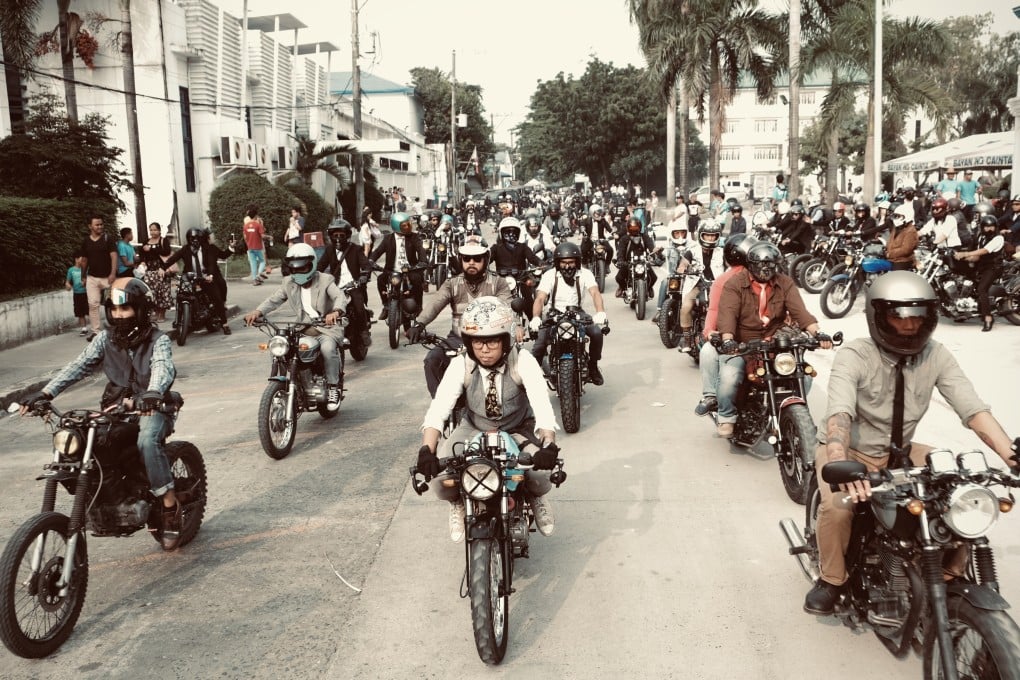How the Philippines fell in love with motorcycles, and why two wheels are better than four on its roads
- Motorcycles didn’t become popular in the Philippines until the 1990s, but today there are more than 18 million bikers
- The introduction of Japanese bikes in the early 2000s spearheaded the two-wheeled revolution

The only way to make progress through the rush-hour traffic that clogs Metro Manila’s EDSA, the Philippines’ busiest highway, is to jump on a motorbike.
It was not always like this. Motorbikes only became a favoured mode of transport in the country in the 1990s, during a period of stability following 20 years of dictatorship and two attempted coups d’état, as the economy began to gain traction.
“Some people, and particularly businesses, started looking at motorcycles as a cheaper alternative to cars or trucks,” says Jay Taruc, an entrepreneur and former journalist. “So what you’d usually see then was delivery companies like DHL having fleets of motorcycles.”

According to Taruc, it was too expensive for the average Filipino worker to buy a new motorcycle back then, so private ownership took a while to take off. “They’d rather … save up to buy a car after a few years,” he says.
Only a few diehard enthusiasts with enough cash were wearing leathers and roaring down the roads in the ’90s, he says. “There were already leisure riders then, usually with big bikes like a Harley-Davidson. So you’re either a delivery person or a big biker. There was no in-between.”